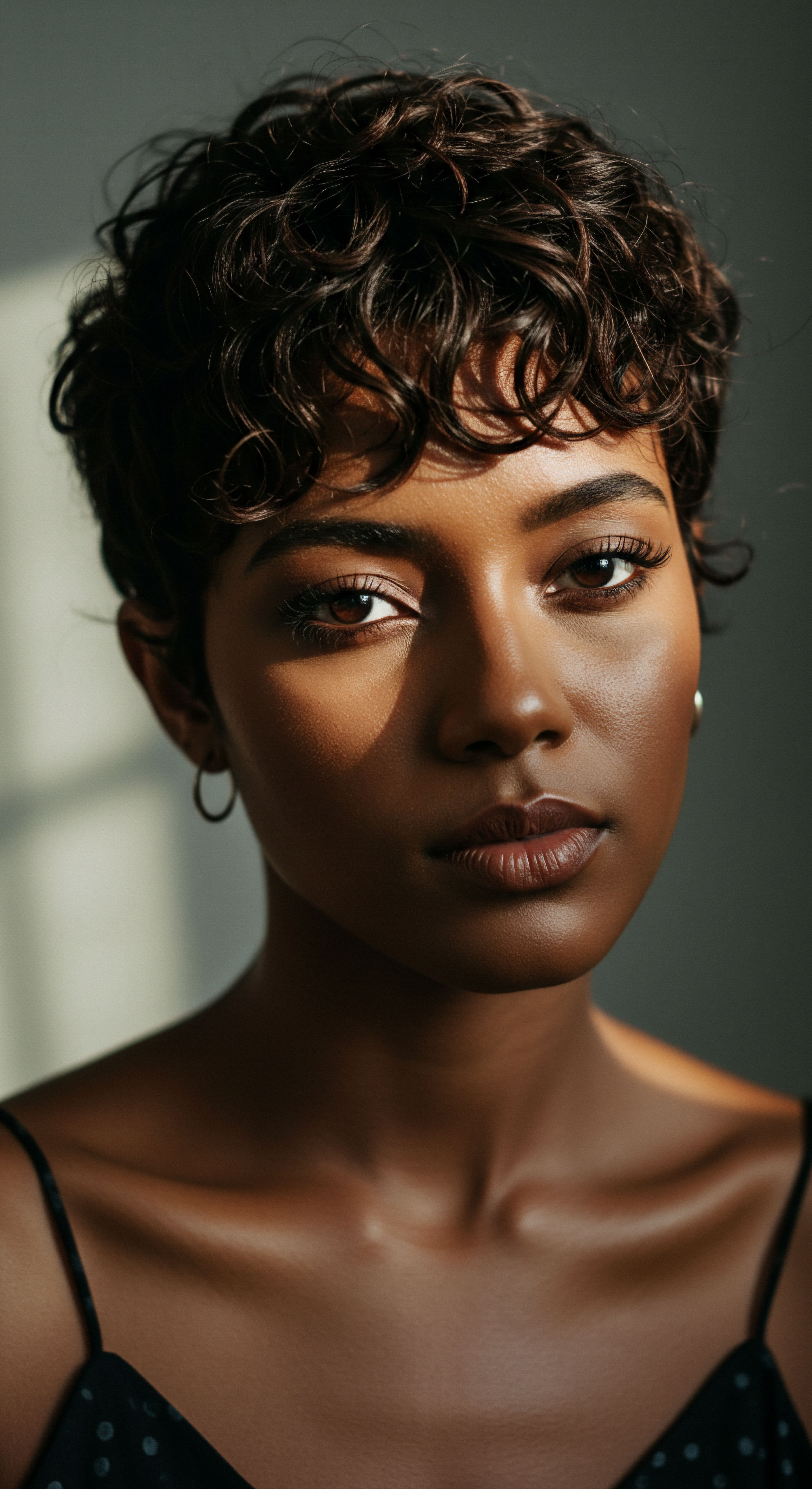
Roots
The story of head coverings for Black women, a profound journey spanning centuries and continents, invites us to consider the quiet power held within a piece of fabric. It is a chronicle that begins not in subjugation, but in the vibrant heart of pre-colonial Africa, where hair held deep societal meaning and its adornment spoke volumes. Before the forced displacement of the transatlantic slave trade, head wraps were not mere accessories; they were declarations of Identity, symbols of status, and carriers of cultural wisdom.
In numerous African societies, a woman’s hair, and by extension, her head covering, communicated a wealth of information. It could signify her marital standing, her age, her community affiliation, or even her spiritual devotion. Elaborate styles, often achieved through intricate braiding and adornment, were artistic expressions of one’s lineage and social position. These coverings served practical purposes, certainly, shielding delicate strands from the sun or dust, yet their primary function transcended utility.
They were outward manifestations of an inner world, a visible link to ancestral customs and collective identity. This rich heritage laid the foundation for the complex symbolism that head coverings would acquire in the diaspora, a duality born of both pain and perseverance.
Head coverings for Black women hold a deep history, evolving from pre-colonial African declarations of identity to symbols of resilience in the diaspora.

Pre-Colonial African Hair Symbolism
Across West and Central Africa, hair styling was a significant cultural practice. Hair was considered sacred, a conduit for spiritual communication, and a reflection of personal and communal well-being. The way hair was dressed, often with oils, clays, and sometimes wrapped with cloth, was a deliberate act.
For instance, certain patterns or heights of a head wrap could indicate a woman was a healer, a new mother, or a respected elder. These traditions underscore a time when hair was not merely an aesthetic concern but a living aspect of one’s personhood and societal role.
- Lineage ❉ Specific wrapping techniques or fabric choices often denoted a woman’s family origin or tribal affiliation.
- Status ❉ More elaborate or luxurious head coverings frequently signaled higher social standing or wealth within a community.
- Life Stages ❉ Head wraps could mark rites of passage, such as marriage, widowhood, or the birth of a child.
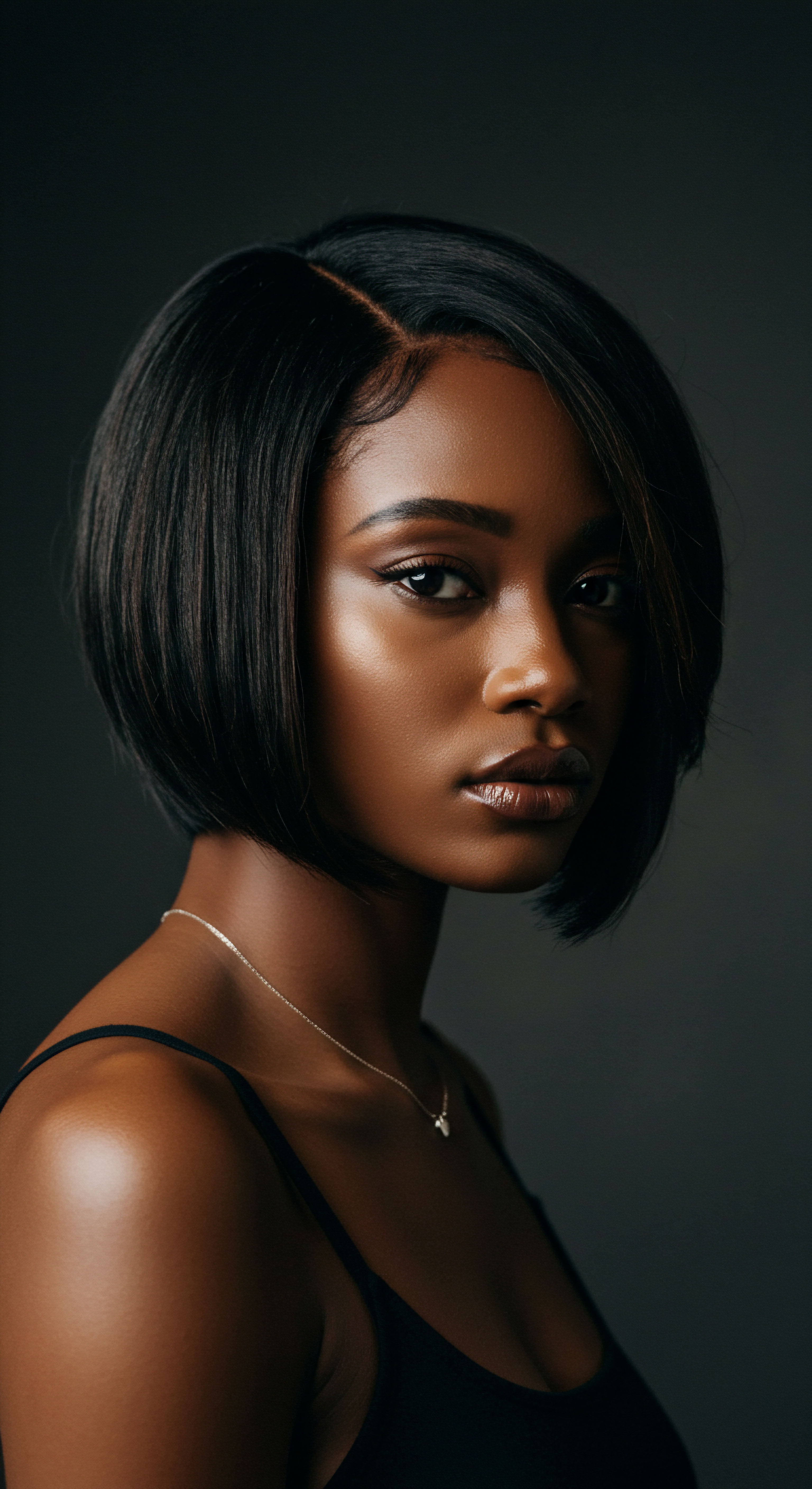
The Shadow of Forced Uniformity
With the advent of the transatlantic slave trade, the meaning of head coverings underwent a stark and brutal transformation. As Africans were forcibly removed from their homelands, their cultural practices, including hair care rituals, faced systemic suppression. Head coverings, once badges of honor and individual expression, became instruments of control. Enslaved women were often mandated to wear simple, plain head rags.
This was a deliberate act of dehumanization, stripping away personal identity and imposing a uniform that marked them as property, as laborers, and as socially inferior. The vibrant expressions of self were muted, replaced by a visual marker of subjugation.
The simple cotton kerchief, which for centuries in Africa had served diverse purposes, became a tool of oppression in the Americas. Plantation owners and enslavers often viewed these coverings as signs of poverty and subordination. Yet, even within this enforced uniformity, a subtle, profound resistance began to stir. The very act of wearing the head covering, however basic, held a faint echo of African tradition, a quiet refusal to let ancestral memory perish entirely.
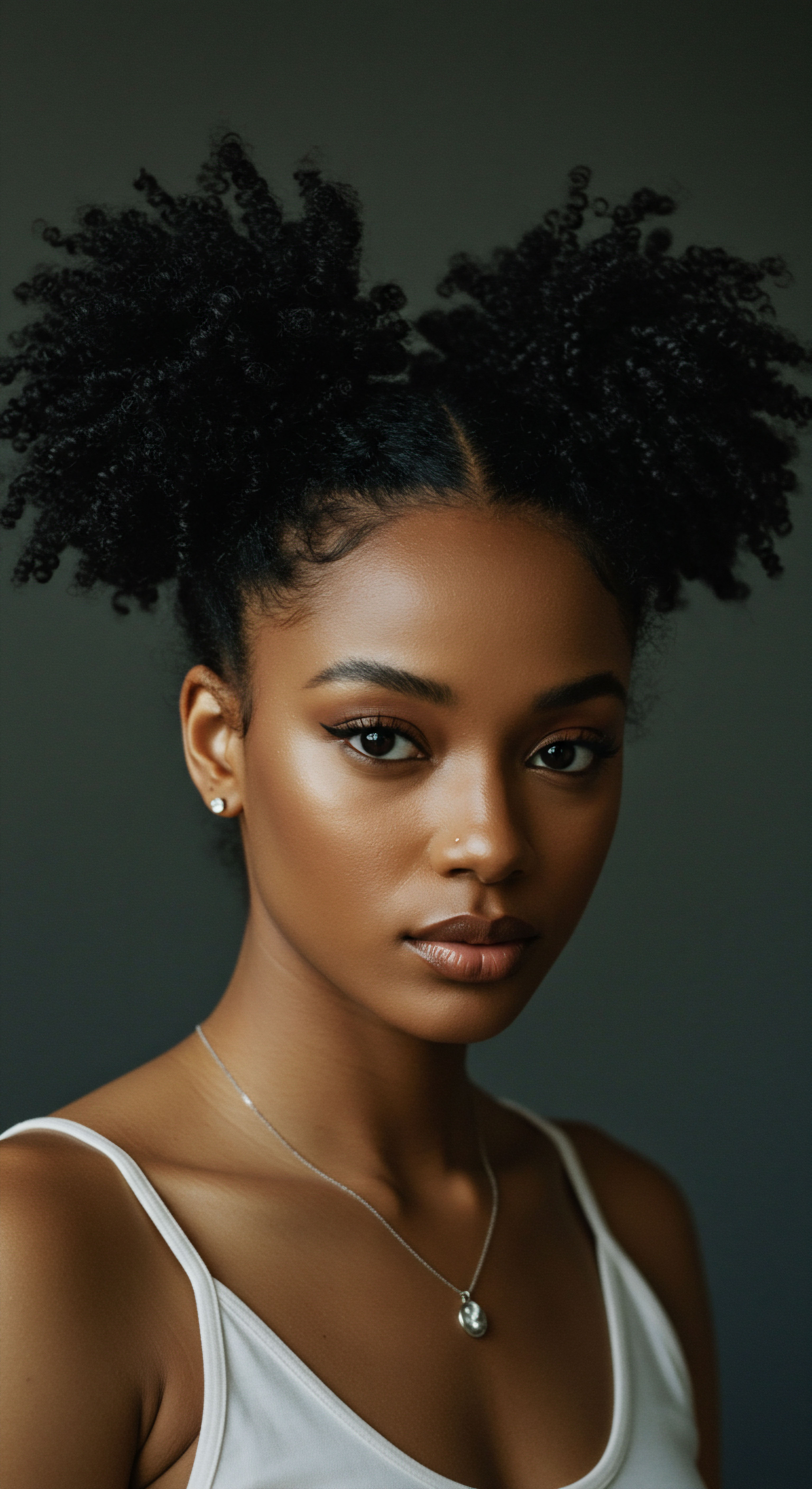
Ritual
To understand the enduring presence of head coverings in the lives of Black women, one must consider the daily rituals and practical wisdom that shaped their use. What began as an imposed uniform gradually transformed, through the ingenuity and spirit of those who wore them, into a complex emblem. This transformation was not a sudden shift but a gradual re-shaping of meaning, layer by layer, across generations. The very fabric that symbolized their bondage became a canvas for quiet defiance, a silent language spoken through folds and knots.

Utilitarian and Hidden Functions
Beyond the overt symbolism of oppression, head coverings served vital, often overlooked, practical purposes for enslaved Black women. The harsh realities of plantation life demanded pragmatic solutions. A simple cloth provided protection from the scorching sun during arduous agricultural labor, shielding delicate scalps and hair from environmental damage. It absorbed perspiration, keeping hair clean from the dust and grime of daily toil.
Furthermore, head coverings offered a defense against lice and other pests prevalent in unsanitary conditions, addressing a genuine health concern of the time. These practical benefits, while born of necessity, illustrate a foundational aspect of self-care and preservation amidst extreme hardship.
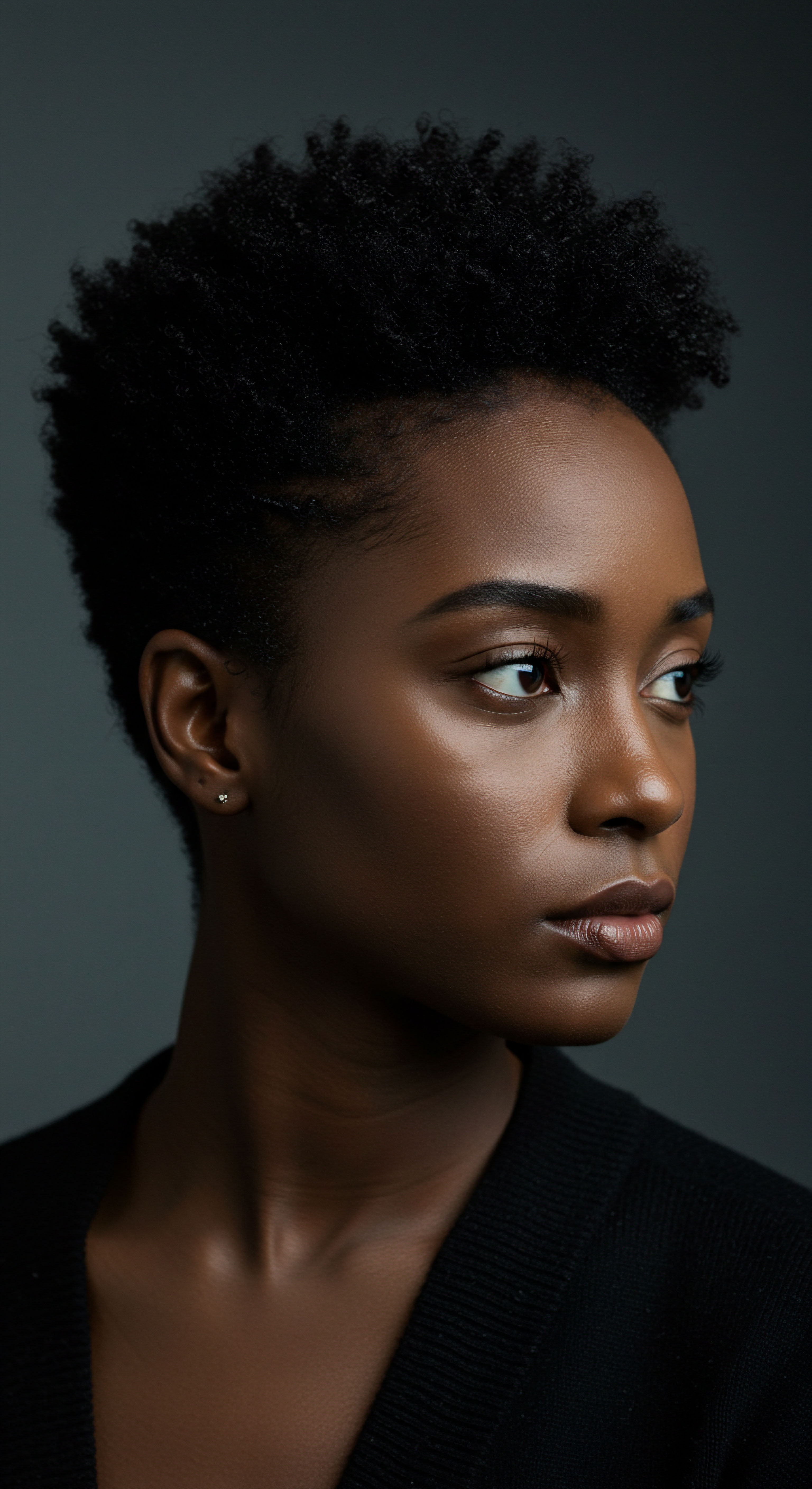
The Language of the Head Wrap
Despite their enforced simplicity, head wraps developed a hidden language among enslaved communities. The way a woman tied her wrap, the slight tilt, the particular knot, or even the chosen color, could convey messages to those who understood. These were subtle codes, invisible to the enslavers, yet clear to fellow members of the community. A specific fold might signal a secret meeting, a warning, or simply a quiet declaration of hope and solidarity.
This clandestine communication fostered a sense of communal identity and shared purpose, a quiet rebellion against the silencing mechanisms of slavery. It allowed women to maintain a sense of agency and connection, even when overt expressions were impossible.
Head coverings, initially forced upon Black women, became quiet tools for practical protection and a clandestine means of community communication.
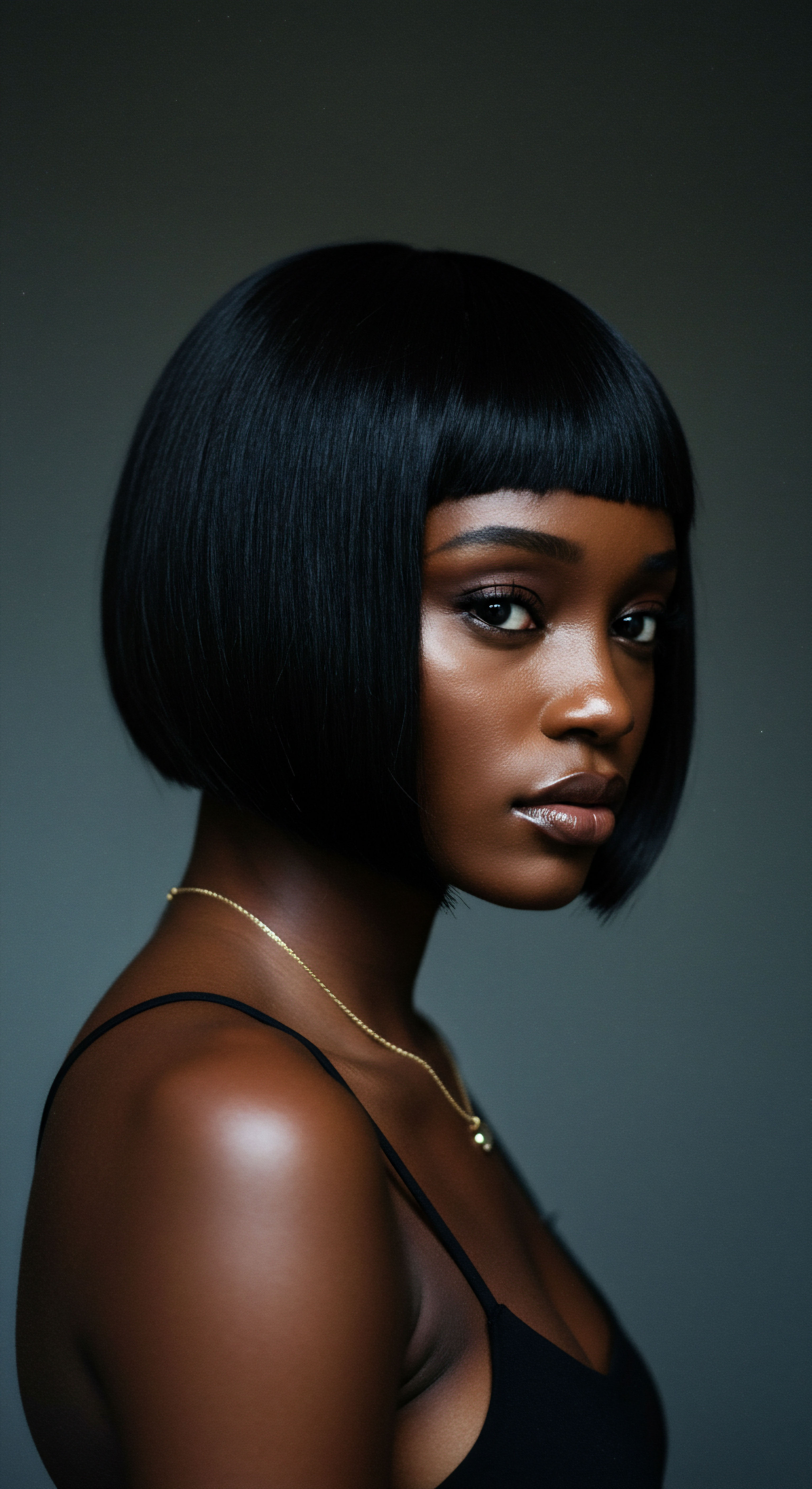
The “Mammy” Caricature and Its Shadow
The post-slavery era brought new challenges, as the head wrap became distorted by racist caricatures. The “Mammy” stereotype, a desexualized, subservient Black female figure, often depicted with a head covering, became a pervasive image in American popular culture. This stereotype served to perpetuate racist notions of Black women as only suited for domestic servitude, further associating the head wrap with a legacy of servitude and a lack of sophistication.
This visual weaponization of the head wrap caused many Black women, seeking social acceptance and upward mobility, to abandon the practice altogether, viewing it as a barrier to assimilation into Eurocentric beauty standards. The pressure to conform to white ideals of beauty, often involving chemical hair straightening, became a new form of societal oppression, pushing head wraps into the shadows for a time.

Relay
The journey of head coverings for Black women deepens as we consider how they transformed from instruments of subjugation into vibrant banners of defiance, a testament to enduring spirit. This shift was not a simple act of turning a negative into a positive; it was a complex process of reclamation, layered with cultural memory, personal ingenuity, and collective resistance. How did a mandated garment become a declaration of self? This exploration takes us to specific historical moments where the tension between oppression and individual agency became acutely visible.

What Were the Tignon Laws?
One of the most striking instances of head coverings being used as a tool of oppression, and subsequently, as a symbol of profound defiance, occurred in late 18th-century Louisiana. The Spanish colonial authorities, specifically Governor Esteban Rodríguez Miró, enacted what became known as the Tignon Laws in 1786. These laws were a direct response to the perceived threat posed by free women of color in New Orleans.
These women, many of whom were of African descent, had achieved a degree of economic independence and cultural influence. Their elaborate hairstyles, often adorned with jewels and feathers, were seen as rivaling the beauty and social standing of white women.
The intent behind the Tignon Laws was clear ❉ to visibly mark free Black women as members of a lower social class, thereby reinforcing racial hierarchies and limiting their social mobility. The decree stipulated that “the Negras Mulatas, y quarteronas can no longer have feathers nor jewelry in their hair. must wear plain (llanos) or wear panuelos, if they are of higher status, as they have been accustomed to.” The head covering, or “tignon,” was meant to serve as a badge of inferiority, forcing these women to outwardly display a subordinate status, whether they were enslaved or not.
The 1786 Tignon Laws aimed to suppress the visible social standing of free Black women by mandating plain head coverings.

How Did Black Women Transform the Tignon into a Symbol of Resistance?
The response of the free Black women of New Orleans to the Tignon Laws stands as a powerful historical example of creative resistance. Instead of submitting to the intended degradation, they transformed the mandated tignon into a bold statement of style, wealth, and cultural pride. They complied with the letter of the law, covering their hair, but did so with an audacious spirit.
These women began to fashion their tignons from the most luxurious and brightly colored fabrics available—silks, satins, and Madras cottons. They employed intricate and imaginative wrapping techniques, creating elaborate knots and towering styles that drew attention upward, rather than signifying humility. They adorned their head wraps with ribbons, jewels, and feathers, turning what was intended as a mark of subservience into a display of their ingenuity, economic standing, and undeniable beauty. This sartorial insurgency effectively subverted the law’s original intent, making the tignon a symbol of distinction and defiance rather than dishonor.
This act of turning a symbol of oppression into one of cultural affirmation is not unique to the Tignon Laws. Across the African diaspora, enslaved and free Black women used head coverings to maintain connections to their African heritage. Even simple head rags, when tied with a certain flair or according to communal practices, became a quiet assertion of self and community. This historical precedent underscores a profound truth ❉ the human spirit, when confronted with attempts to diminish it, often finds creative avenues for expression and resistance.
| Aspect Purpose of Law |
| Colonial Intent To mark inferiority, control social status, and reduce perceived attractiveness. |
| Black Women's Response To assert identity, display beauty, and resist racial subjugation. |
| Aspect Materials Used |
| Colonial Intent Plain handkerchiefs or scarves. |
| Black Women's Response Luxurious fabrics ❉ silks, satins, vibrant Madras cottons. |
| Aspect Styling |
| Colonial Intent Simple, unassuming coverings. |
| Black Women's Response Elaborate knots, towering shapes, adorned with jewels and feathers. |
| Aspect Symbolism |
| Colonial Intent A badge of enslavement or lower class. |
| Black Women's Response A statement of defiance, creativity, wealth, and cultural pride. |
| Aspect The Tignon Laws illustrate a powerful historical instance where mandated dress became a tool of resistance through creative reinterpretation. |
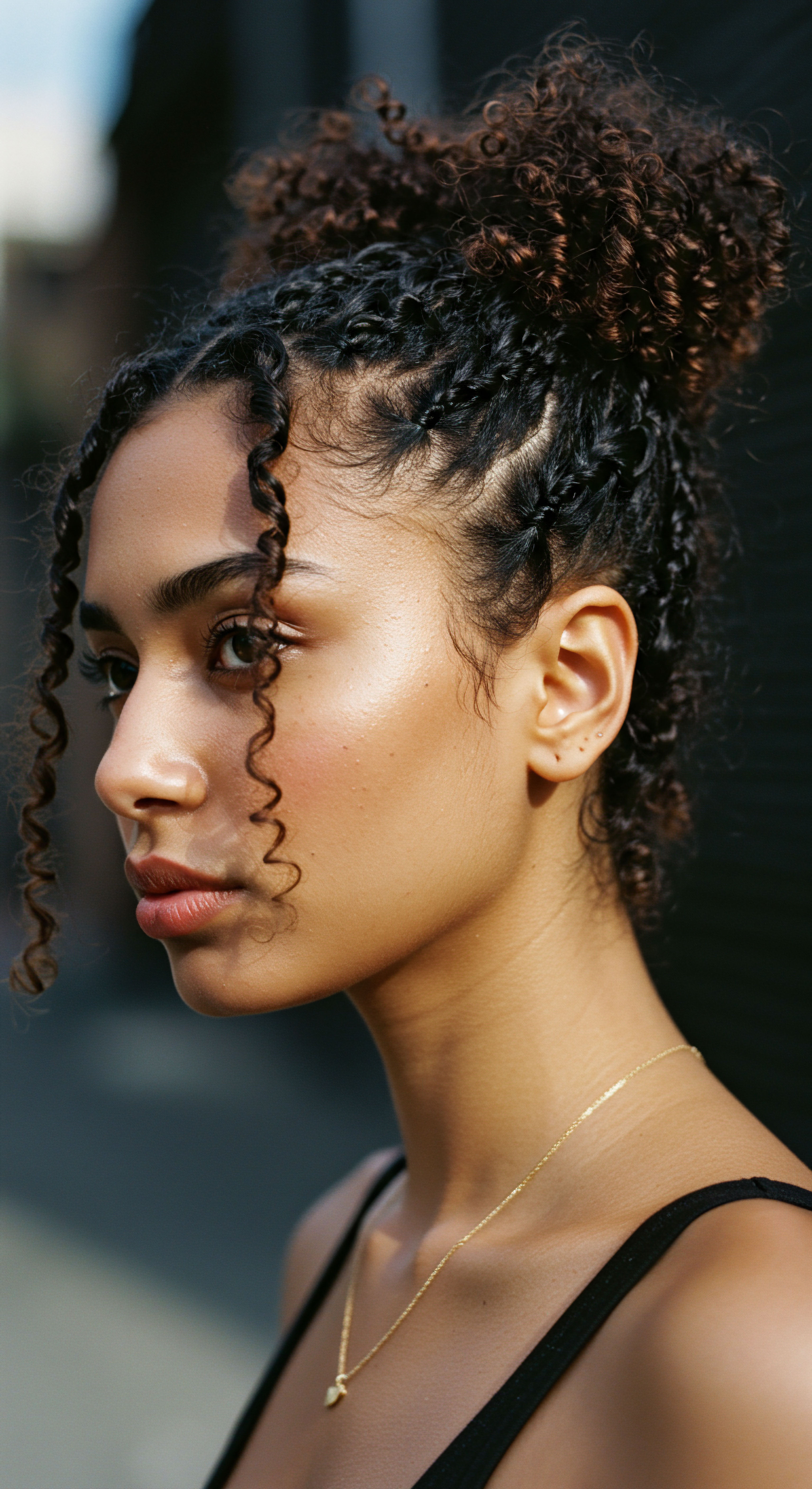
Modern Echoes of Historical Resistance
The legacy of this historical defiance resonates strongly in contemporary Black culture. The head wrap, in its myriad forms—from the regal gele of Nigeria to the practical yet stylish headscarves worn daily—continues to serve as a powerful symbol. It represents a connection to ancestral roots, a celebration of textured hair, and a refusal to conform to Eurocentric beauty standards that have historically devalued Black hair. The natural hair movement, for instance, has seen a resurgence in the popularity of head wraps, not just for protection, but as a deliberate aesthetic choice that honors heritage and self-acceptance.
The ongoing efforts to pass legislation like the CROWN Act in various regions further underscore the enduring societal policing of Black hair. This act, which prohibits discrimination based on hair texture and protective styles, acknowledges that biases rooted in historical oppression still exist. The very need for such legislation speaks to a continuity of the struggle for bodily autonomy and cultural expression that Black women have faced for centuries. The head covering, therefore, remains a complex symbol ❉ a reminder of past injustices, a tool for self-care, and a vibrant declaration of identity and resistance in the present day.
- CROWN Act ❉ Legislation prohibiting discrimination based on hair texture and protective styles, acknowledging ongoing biases.
- Natural Hair Movement ❉ A contemporary cultural shift that celebrates and embraces natural hair textures, often incorporating head wraps as a stylistic and protective element.
- Cultural Appropriation ❉ The ongoing challenge of non-Black individuals adopting head wraps without understanding or respecting their historical and cultural significance, sometimes leading to public discourse and calls for awareness.

Reflection
The story of head coverings for Black women is a profound testament to the human spirit’s capacity for resilience and transformation. From forced badges of servitude to celebrated crowns of cultural pride, these seemingly simple pieces of fabric carry the weight of history and the lightness of liberation. They speak to the enduring power of self-definition, even in the face of relentless external pressures.
This journey reminds us that true beauty is not dictated by societal norms, but by the quiet strength found in honoring one’s heritage and affirming one’s inherent worth. The way a woman chooses to adorn her head, whether covered or uncovered, remains a deeply personal and often powerful statement, echoing the whispers of generations who refused to be silenced.
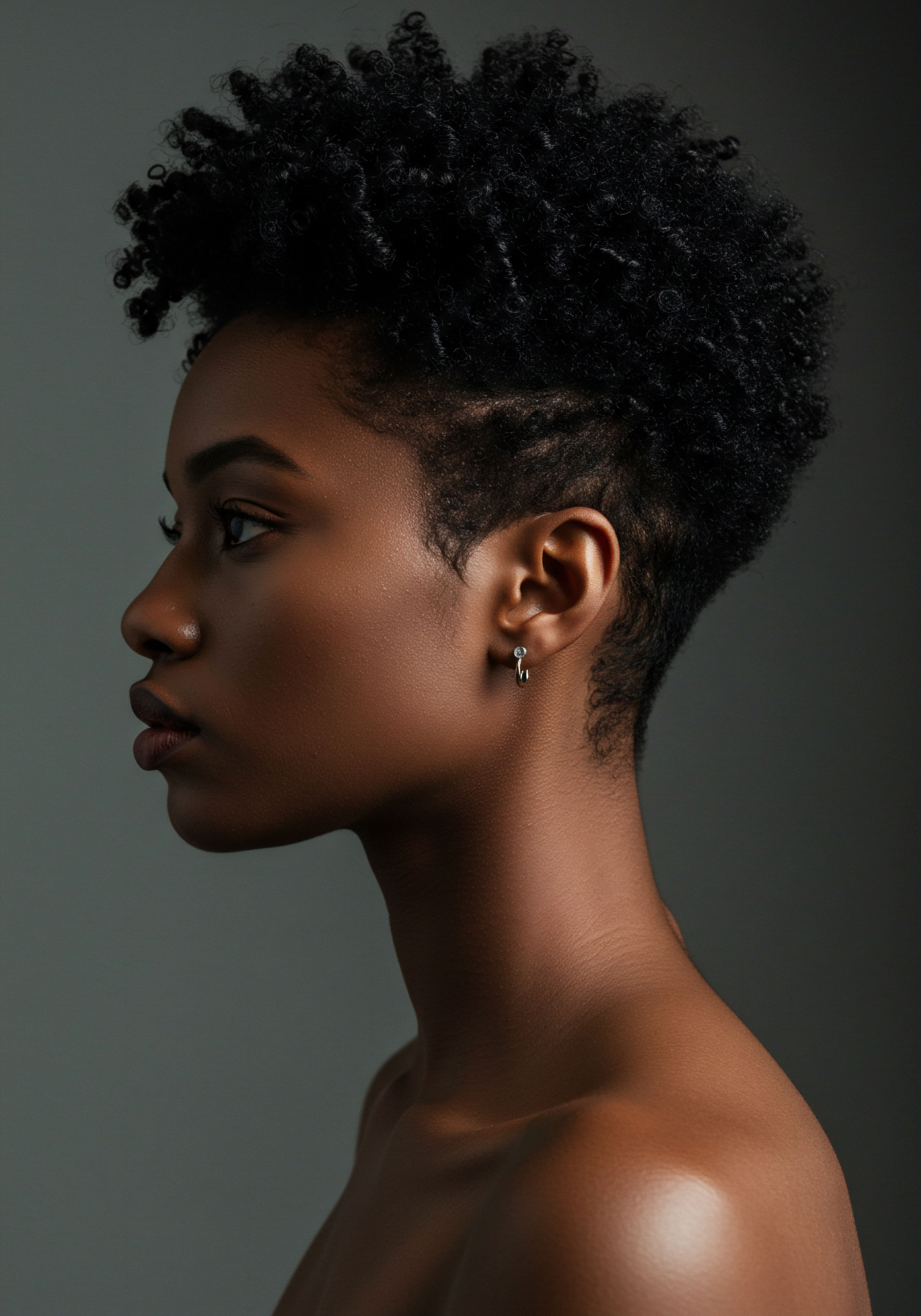
References
- Byrd, Ayana and Tharps, Lori. Hair Story ❉ Untangling the Roots of Black Hair in America. St. Martin’s Publishing, 2014.
- Gould, Virginia M. The Devil’s Lane ❉ Sex and Race in the Early South. Oxford University Press, 2002.
- Kwaw-Swanzy, Zainab. A Quick Ting On The Black Girl Afro. Jacaranda Books Art Music Ltd, 2021.
- Long, Carolyn. A New Orleans Voudou Priestess ❉ The Legend and Reality of Marie Laveau. University Press of Florida, 2006.
- Weitz, Rose. Rapunzel’s Daughters ❉ What Women’s Hair Tells Us about Women’s Lives. Farrar, Straus and Giroux, 2004.
- Willson, Nicole. “Sartorial Insurgencies ❉ Rebel Women, Headwraps and the Revolutionary Black Atlantic.” Atlantic Studies, vol. 18, no. 4, 2021, pp. 509-529.
- Wares, Lynette. The African American Woman’s Headwrap ❉ Unwinding the Symbols. University of North Carolina at Chapel Hill, 1993.